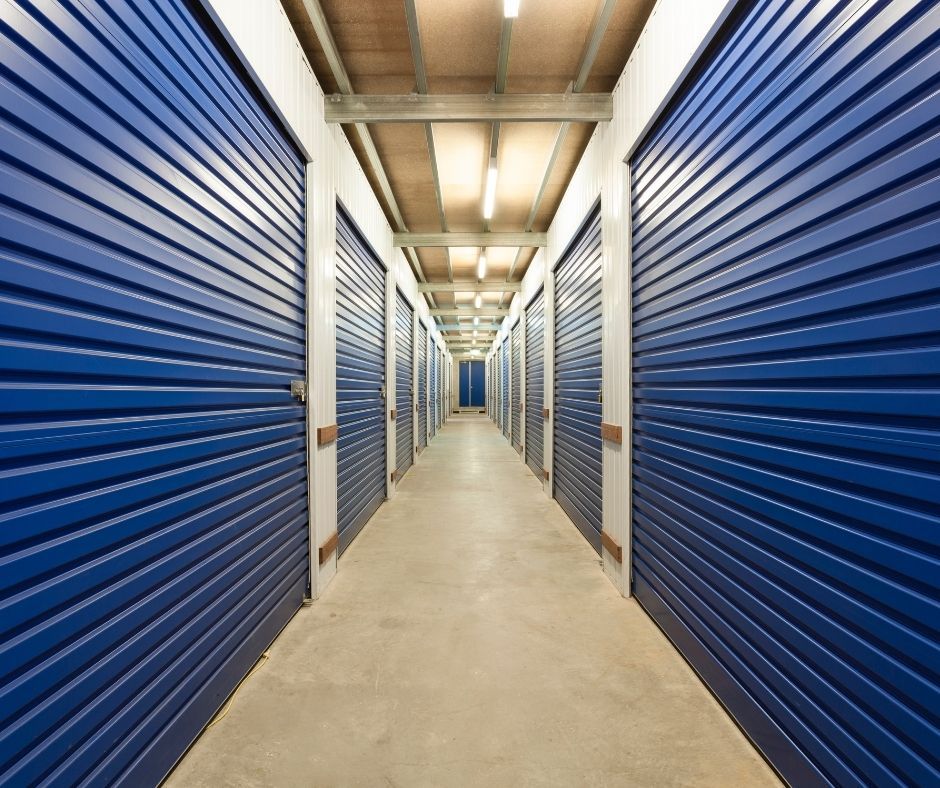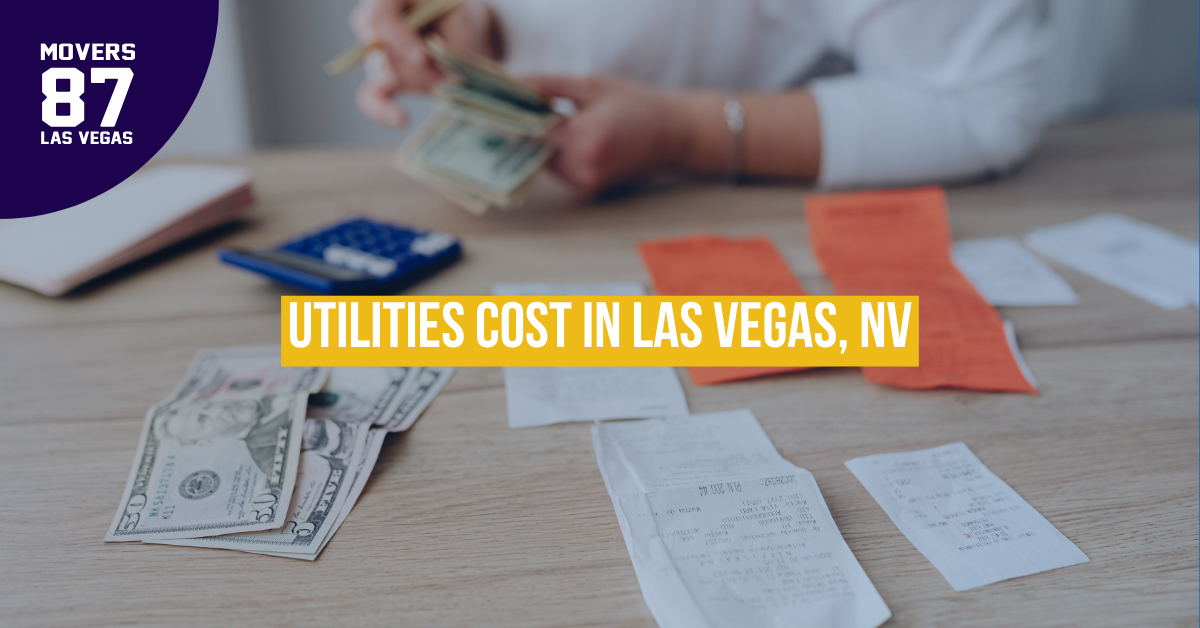The Comprehensive Guide to Choosing the Right Storage Unit Size for Your Needs

Choosing the proper storage unit size can take time and effort, whether you're downsizing, relocating, or needing extra space. With various storage unit sizes available, understanding which size fits your needs can save you time and money. This guide will walk you through everything from costs to organizing your storage unit, ensuring you make the most informed decision.
Understanding Storage Unit Sizes

Storage unit sizes vary widely, and knowing the standard dimensions of a storage unit is crucial. Here's a quick rundown:
- Small Storage Units: Typically range from 5-by-5 feet to 5-by-10 feet.
- Medium Storage Units: Often measure 10-by-10 feet or 10-by-15 feet.
- Large Storage Units: Can be as big as 10 by 30 feet or 20 by 20 feet.
These sizes cater to various storage needs, from storing seasonal decorations to housing an antique vehicle.
The Versatility of the 10x30 Storage Unit
A 10-by-30-foot storage unit is one of the most popular storage unit sizes. It's akin to an oversized garage and can serve multiple purposes, such as:
- Furniture Storage: Ideal for holding furniture during a home renovation.
- Business Inventory Storage: Ample space for commercial inventory.
- Vehicle Storage: Suitable for cars, boats, and even antique vehicle storage.
Assessing Your Storage Needs
Before you decide on a unit, could you take stock of what you'll be storing? Your needs will differ if you're a business looking for warehouse space or a family storing belongings during military deployment.
Small to Medium Storage Unit Options
Small to medium units are perfect for personal use, such as sports equipment storage or seasonal decorations storage. They're also cost-effective and can be found at most self-storage facilities.
Large Storage Solutions
Large storage units are the way to go when relocating or storing more oversized items like commercial equipment. They offer the extra space necessary for big moves and can be rented from moving companies that provide storage solutions.
Specialized Storage Units
Some items require special care. Climate-controlled units are perfect for sensitive items, while a storage locker suffices for smaller, less delicate belongings.
Maximizing Your Storage Unit
Maximizing your storage unit is crucial, especially if you're dealing with limited space or want to maximize your available storage space. Proper organization can help you fit more items into your storage unit and make it easier to find and access what you need when you need it. Here are some key strategies to consider when it comes to maximizing your storage unit:
- Utilize Vertical Space: Vertical shelving is one of the most effective ways to maximize storage space. Most storage units have tall ceilings; if you only use the floor space, you're not making the most of the available cubic footage. Install sturdy shelving units or racks that stack boxes and items vertically. Be sure to secure shelves properly to prevent accidents.
- Categorize and Prioritize: Before loading your storage unit, prioritize your belongings based on how often you'll need to access them. Items you'll need more frequently should be placed towards the front of the unit, while those you won't need for a while can be stored further back. This simple step can save you much time and effort when you need to retrieve something.
- Label Everything: Labeling is essential for tracking what's inside your storage unit. Invest in quality, clear plastic bins or boxes and label them with their contents. It's also helpful to label the sides of the boxes, not just the tops, so you can identify them even when stacked. A transparent, legible labelling system will make it much easier to find specific items without rummaging through everything.
- Create an Inventory List: Besides labelling individual containers, maintain an inventory list of everything you've stored in your unit. This list should include details such as the contents of each box, the box's location in the unit, and the date it was stored. An up-to-date inventory can ensure you remember what you have in storage and help you plan for future access or retrieval.
- Maximize Furniture and Appliances: If you're storing furniture or large appliances, consider how to make the most of them. For example, consider storing smaller items inside drawers, cabinets, or empty spaces within more oversized objects. This can help you save space and keep smaller items organized.
- Use Furniture Covers and Protectors: To protect your belongings from dust, dirt, and potential damage, use furniture covers and protective materials like blankets or bubble wrap. These extra precautions can ensure that your items remain in good condition while in storage.
- Create Aisles and Pathways: Avoid the temptation to pack your storage unit wall-to-wall with items. Leave space for aisles and pathways, allowing you to navigate the unit easily and reach items in the back without moving everything around.
- Regular Maintenance: Periodically visit your storage unit to assess its condition and make any necessary adjustments. Over time, your storage needs may change, and you might need to reorganize or remove items you no longer require.
Cost Considerations
The costs of storage units can vary based on size, location, and amenities. Here's a quick guide to help you budget:
Unit Size Average Cost
5x5 $40-$50
10x10 $75-$140
10x30 $115-$150
Remember, prices can fluctuate based on demand and additional services.
Security and Safety in Storage Units
Security is paramount when it comes to storage units. Look for facilities with good lighting, surveillance cameras, and individual alarms for each unit.
Additional Services and Amenities
Some facilities offer free moving trucks, moving supplies for sale, and online account management. These can make your storage experience much smoother.
Choosing the Right Storage Facility

Choosing a suitable storage facility is essential, whether you're storing personal belongings during a move, decluttering your home, or for any other reason. To make an informed choice, there are several key factors to consider. Here's an elaboration on each of the points mentioned:
Reviews:
- Positive customer feedback and reviews can provide valuable insights into the quality of service offered by a storage facility. Look for reviews on websites and social media platforms, or ask for recommendations from friends and family.
- Pay attention to recurring themes in reviews. Positive comments about cleanliness, security, and helpful staff indicate a well-managed facility.
- While reviews are helpful, they should be just one part of your decision-making process. Visiting the facility in person is essential for a firsthand look at its condition.
Visit:
- Visiting the storage facility in person is crucial to assessing its suitability.
- When you visit, take note of the cleanliness of the facility. A clean, well-maintained environment is more pleasant and helps protect your stored items from dust and pests.
- Evaluate the security measures in place. Look for features such as gated access, surveillance cameras, and secure locks on storage units. Ensure the facility has adequate lighting, especially if you need to access your belongings after dark.
- Interact with the staff during your visit. Friendly and knowledgeable staff can be a significant asset, as they can provide guidance, answer questions, and assist with any issues that may arise during your storage period.
Insurance:
- While storage facilities take measures to maintain the security of their premises, accidents and unforeseen events can still happen. Insurance options for your stored items can provide peace of mind.
- Inquire about the insurance options offered by the storage facility. They may have their insurance policy or partnerships with insurance providers that can cover your belongings.
- Consider the value of the items you plan to store. If you're keeping valuable or sentimental items, having insurance can protect you financially in case of theft, fire, or other unexpected incidents.
- Understand the terms and coverage limits of the insurance policy, and be sure to ask any questions you may have. You may also want to check if your existing homeowner's or renter's insurance policy covers stored items.
The Environmental Impact of Storage Units
Eco-friendly storage solutions are becoming more popular. Facilities that use solar power or sustainable materials are worth considering if you're environmentally conscious.
Insurance for Storage Units
Insurance for your stored items is a must. Many facilities offer insurance plans, or you can opt for third-party insurance.
The Future of Storage Solutions
The storage industry is evolving, with technological advancements like mobile apps for unit management and improved security features.
Checklist: Before You Rent a Storage Unit
- Determine the size of the unit you need.
- Consider the location and accessibility of the facility.
- Evaluate the security features.
- Inquire about insurance options.
- Check for any available discounts or promotions.
Case Studies: Storage Unit Success Stories
Read about how others have successfully used storage units for downsizing or during a relocation.
Interactive Size Calculator
Many websites offer interactive tools to help you determine the proper storage unit size for your needs.
Local Storage Solutions Spotlight
Research the best storage solutions in your area for a more personalized experience.
Seasonal Storage Tips
Learn how to store your seasonal items properly to keep them pristine.
Choosing the proper storage unit size doesn't have to be complicated. With this guide, you can make an informed decision that suits your budget and needs. Remember to consider the unit's size, cost, and security, and don't hesitate to contact facilities for more information. Your perfect storage solution is just a decision away.


